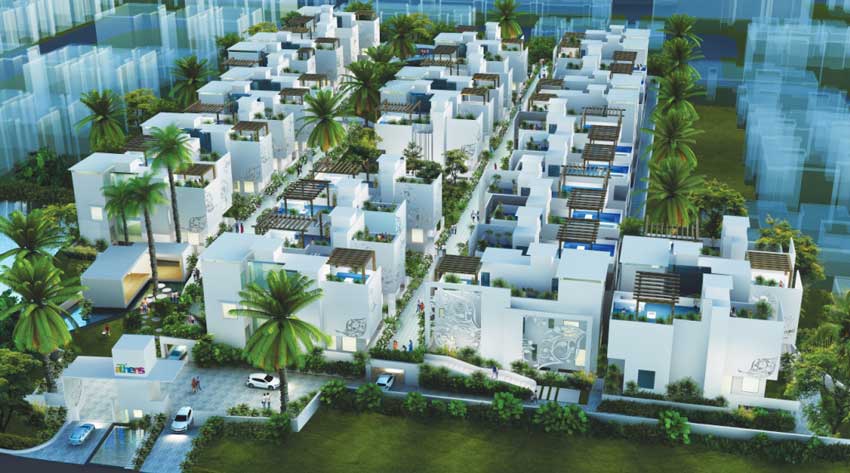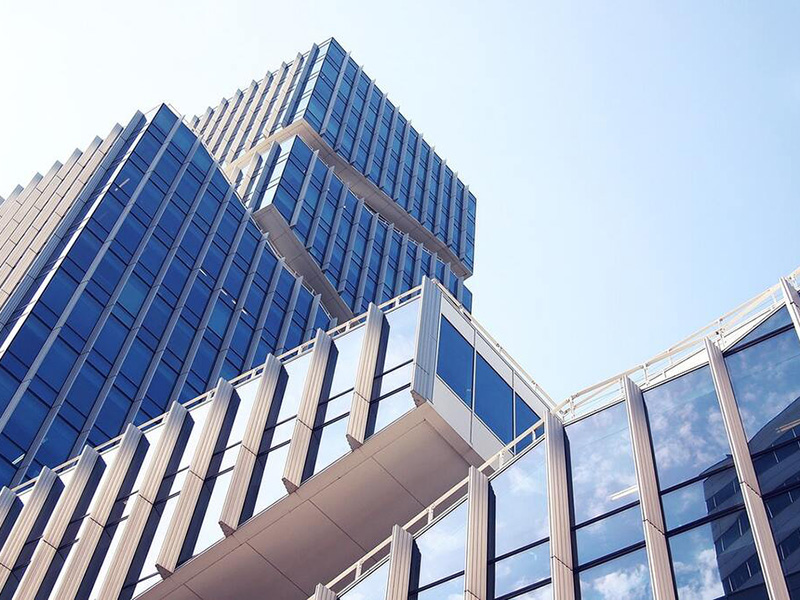
Anshuman Magazine, CMD, CBRE South Asia Pvt. Ltd.
Quite recently the "greening" initiatives of India's building construction industry received a boost when the country was ranked #3 among a list of the top 10 countries in the world by the US Green Building Council (USGBC) for LEED outside the US. Canada topped the green rankings, followed by China and India. The Leadership in Energy and Environmental Design (LEED) certification, an internationally recognized standard for measuring a building's carbon footprint, is now an accepted and acknowledged practice in India. By definition, a green building uses less water, optimizes on energy efficiency, conserves natural resources, generates less waste and provides healthier spaces for its occupants, in comparison to a conventional building. And the LEED green building rating system advocates construction practices that increase profitability and longevity with a building going green.
The green building concept has been gaining prominence in India with an increasing number of initiatives, primarily by the Indian Green Building Council (IGBC)—a division of the Confederation of Indian Industry (CII)—striving to impart knowledge offering advisory services to the industry on environmental aspects and practices for green buildings, energy efficiency, water management, renewable energy, green business incubation and climate change activities. Although it is easier for new and under construction buildings to adopt green technology, existing establishments can also employ several initiatives to improve their environmental performance.
Current Green Scenario
IGBC's vision has been to 'enable sustainable built environment for all'; and to this end it has initiated building capacity and services targeting 20 billion sq.ft. of green buildings in India by 2025. Till date the organization has contributed to ~2.07 billion sq. ft. of green building footprints in India, with nearly 500 rated Green Buildings under it and more than 2,500 registered buildings. Currently, there are 200-plus LEED rated green buildings in India, about 40 IGBC green factory buildings, and almost 250 IGBC rated green homes. As far as IGBC rated green SEZ projects are concerned, at the moment India just has one—the International Technology Park—at Behrampur village in Gurgaon.These buildings are spread across various tier I, II and III towns and cities of the country, including the Mumbai Metropolitan Region (MMR), the Delhi National Capital Region (NCR), Bangalore, Chennai, Hyderabad, Pune, Kolkata, Bhubaneshwar, Vadodara, Thiruvananthapuram, Kochi, Vishakhapatnam, Aurangabad, Nagpur, Nashik, Dehradun, etc. Right now the MMR holds a leading position in the country with almost 100 green buildings, followed by Chennai with 70-plus buildings and Pune with 60-plus green rated buildings. The industry expects the next decade to witness further green and sustainable development in tier I and II locations.
Farther Journey Ahead
Having presented the current scenario of existing green buildings in India, it is quite clear that much more needs to be done in a country as vast and as rapidly urbanizing as ours. There is a paramount need for more stringent government measures to inculcate the use of green technology to corporate houses. Though rating systems have gained momentum, the adoption of green technology on a wide scale has to involve adequate political as well as public support. In the coming decades new discoveries, coupled with green technology, could help India's growth story by catapulting it into one of the major sustainable economies of the world. The strategy to achieve a greener ecosystem would be to focus on prioritizing green technology for energy generation and energy efficiency.It is heartening to note that the idea of sustainable design and high performance buildings has been evolving in tandem with environmental awareness and demand for energy conservation. Faster environmental clearances from the Ministry of Environment and Forests (MoEF), Government of India, for IGBC pre-certified green buildings has been working to the realty industry's benefit. Going forward, the IGBC expects to work on similar incentives at the state levels too. Despite significant advances, the concept is still evolving in India; and might hopefully emerge as the norm for building construction in the near future.
There is a huge opportunity for improving our sustainable built environment—right from building materials to the use of technology such as energy efficiency, water efficiency, air-conditioning, lighting, furnishing and fixtures, among others. In addition to the growth of sustainable green practices in the real estate sector, it is through careful implementation of design that sustainability will be best leveraged in India.
Rising demand for energy, deterioration of natural resources and ever increasing greenhouse gas emissions pose an enormous challenge to our developing nation. Emerging economies such as India face a formidable challenge in finding suitable technologies to achieve energy and environmental stability. The real estate industry has an especially important responsibility to play a proactive role in climate change mitigation. Over the next few years we will need to encourage the emergence of several new technologies that promote a greener real estate industry. This will be a crucial step towards achieving a greener ecosystem and a sustainable future.















